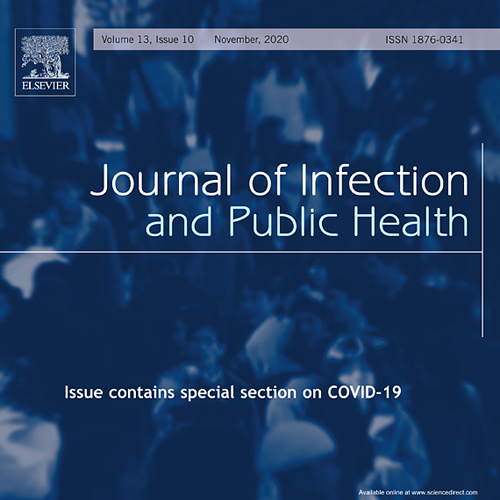Summary
Background
No virologic cure exists for hepatitis B virus (HBV) infection, and existing therapies are designed to control viral replication. We aimed to estimate the national prevalence of HBsAg in 2017 and study the impact of an enhanced diagnosis rate and universal treatment administration on HBV-related outcomes in Saudi Arabia.
Materials and methods
A dynamic transmission and disease burden model was developed to estimate the future economic burden of HBV infection. The infected population was tracked by age and gender-defined cohorts; direct costs (healthcare, screening, diagnostics and treatment) and indirect costs (disability-adjusted life years and the value of a statistical life year) were calculated. The impact of two intervention scenarios (Achieve WHO Targets: diagnose 90% of infections and treat 80% of high viral load patients by 2030; and Diagnose and Treat All: diagnose and treat all infected patients by 2022) were compared against the Base Case scenario (no policy action), with near-universal vaccination coverage rates held constant. A sensitivity analysis of future treatment cost was also conducted.
Results
In 2017, HBsAg prevalence was estimated at 1.7%, corresponding to 574,000 infections. The same year, there was an estimated incidence of 490 cases of decompensated cirrhosis, 1500 cases of hepatocellular carcinoma (HCC) and 1740 liver-related deaths (LRD). HBsAg prevalence was 0.1% among 5-year-olds and <0.1% among infants. Disease burden outcomes by 2030, as compared with 2015, were as follows – Base Case: LRDs and HCC incidence were projected to increase by 70%. WHO Targets: A 30-35% decline in both HCC incidence and LRDs. Diagnose and Treat All: A 50-55% decline in HCC incidence and LRDs. In all scenarios, HBsAg prevalence among infants and 5-year-olds declined to <0.1% with the Diagnose and Treat all scenario resulting in a prevalence approaching zero in this age group. Annual direct costs are projected to increase and peak by 2022 in both intervention scenarios due to expansion of treatment and diagnostics. However, these are offset by the reduction of indirect economic costs, starting immediately in the WHO Targets scenario and by 2023 in the strategy to diagnose and treat all. Achieving WHO Targets is estimated to achieve a positive return on investment (ROI) by 2021 when examining direct costs and indirect economic losses at a treatment price of $2700 USD per patient yearly. Diagnosing and treating all patients, however, would require at least a 50% reduction in the unit cost of treatment to achieve a positive ROI by 2029.
Conclusions
Increased diagnosis and treatment rates of HBV would lead to substantial declines in HCC and LRD. This effect would be dramatically enhanced by administering treatment to all HBV cases regardless of viral load and estimated to be highly cost-effective if treatment prices can be substantially reduced.
Countries: Saudi Arabia

